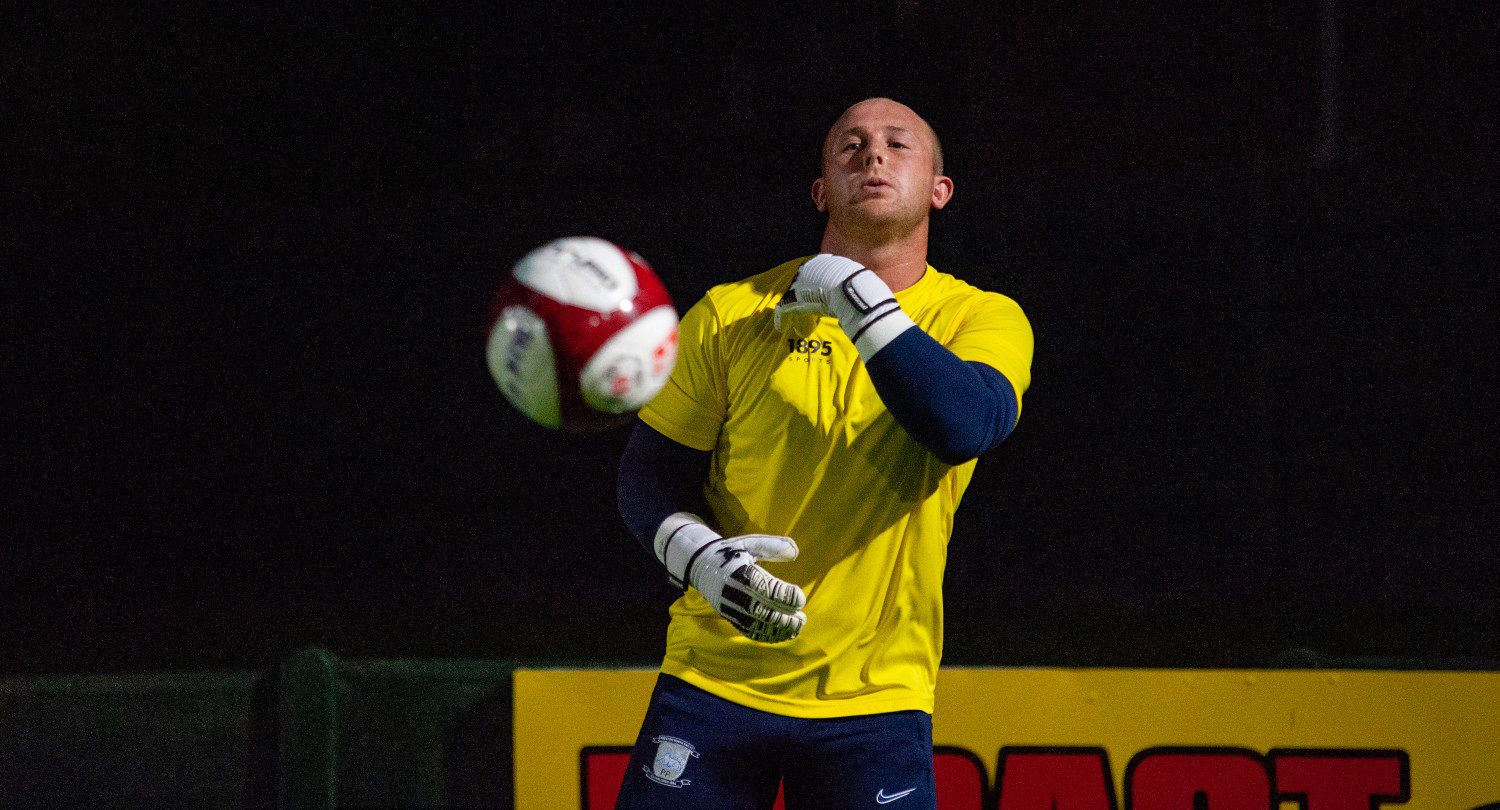Manchester United have started to use automated direct messaging on Twitter – and it could mark a change in attitude towards the function.
When brands first started to delve in to the world of Twitter four or five years ago, an automated direct message upon following such an account was commonplace.
Over time, they began to have a “spam” sort of feel, and they were soon seen as an annoyance that would cause people to unfollow altogether, defeating the object of the message.
Social media by definition requires a brand, or a club, to build a relationship with their users, something that can’t be done through automation.
However, with the relaxation on the character limits in Twitter direct messages – and the fact that you can now, to an extent, direct message anyone – it might mean that more clubs and brands look to use the function to direct people to their other digital channels.
Manchester United have already started with their automation, incentivising followers with a competition prize and an opt-out facility.
“Thanks for following @manutd and becoming part of the #UnitedFamily on Twitter. Our feed brings you all the latest news, direct from Old Trafford. But first, here’s a chance to enter our exclusive prize draw to win a signed home shirt: bit.ly/1GvAJXf
To stop Direct Messages: bit.ly/1WgAil4”
Direct messaging etiquette will no doubt again become a subject of debate amongst social media managers and brands.
But from a sports club perspective, the automation of messages may not be a bad thing, according to Callum Macgregor, Sports CRM Executive at Winners FDD.
Callum said: “Firstly, they are only direct messaging their existing followers. While we don’t know how they’re targeting fans within this particular DM, we can assume that the vast majority will be actual fans of the club so the content will be relevant to them.
“We don’t feel that it’s spamming fans, but should any user feel strong enough about it they can “unsubscribe” using the link that’s included (much like an unsubscribe link in an email).
“Secondly, it’s a great way of taking the conversation with fans off Twitter and into their owned environment – enabling them to communicate with fans, achieve better reach through email and encourage them to become fully registered.
“I believe they could improve performance through testing, for example if they could pre-populate the Twitter handle field it would make the user journey easier leading to a higher conversion rate.
“We know from our experience with clients that reducing the number of fields to fill in improves the conversion rate. Perhaps they are testing different versions of the form in order to optimise performance over time. If they aren’t I would certainly recommend such an approach.”
The removal of the 140 character limit in direct messages might start a new dawn of clubs and brands reverting to private messaging.
Callum added: “It’s hard to say. It’s true a Twitter user would expect shorter messages on Twitter, but if I’m following a handle on Twitter not to specifically to complain about that brand, then direct messaging provides a great medium for connecting with fans.
“I have no qualms with receiving a message on Twitter from an account that I have shown a clear interest in and have formed a direct relationship with by following them. It would be a different story if this was unsolicited!
“The principle aim of these marketing efforts is to ‘satisfy customer needs profitably.’ To this end their activities should be tested and then driven by data and insight.
” If these DM’s generated a negative response, via a high volume of direct feedback or a low response rate, they should adapt or reject the activity all together.”













